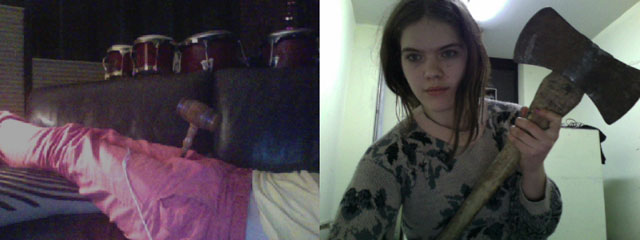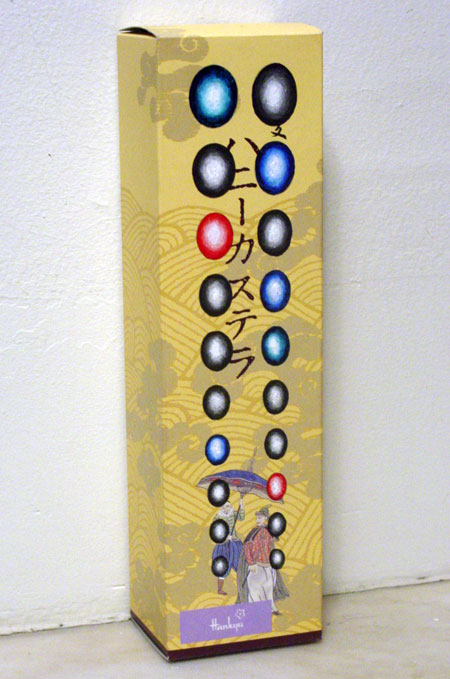You may have read about the new TLDs (Top Level Domains) that are in the process of being created to add new extensions for future websites. So in addition to dot com, dot org, etc, we will have dot food and dot car. Below is a list of applicants for the Dot Art (.art) domain; registration has closed so one of these will be picked. Paddy Johnson thinks we should support E-flux in its application because they've promised to plow the money they make from .art back into the community through foundations and grants. I'm skeptical about having an established art player in charge of "art," as seen in the comment I posted on her blog, also reproduced below.
The applicant list for art, as provided by ICANN:
ART .ART REGISTRY INC. KY - - John Kane Jkane1@afilias.info 1-1013-98331
ART Dadotart, Inc. US Yes - Joshua Wattles josh@deviantart.com 1-1097-20833
ART Aremi Group S.A. LU - - Mr. Brian Winterfeldt bwinterfeldt@steptoe.com 1-1844-98392
ART Top Level Domain Holdings Limited VG - - Mr. Antony Van Couvering tas.minds.machines@gmail.com 1-927-15036
ART Baxter Tigers, LLC US - - Daniel Schindler baxtertigers@donuts.co 1-1344-70608
ART UK Creative Ideas Limited IM - - Mr. Christopher John Glancy cglancy@whitecase.com 1-1211-27884
ART Merchant Law Group LLP CA - - Mr. Brendon James Ralfe bralfe@merchantlaw.com 1-875-17602
ART Uniregistry, Corp. KY - - Bret Alan Samuel Fausett bret@internet.pro 1-855-66616
ART EFLUX.ART, LLC US Yes - Mr. Anton Vidokle avidokle@e-flux.com 1-1675-51302
ART Top Level Design, LLC US - - Mr. Raymond King raymondking@gmail.com 1-1086-100
It cost $185,000 just to apply for .art. The losers forfeit the money. Here's my comment on Paddy's blog:
This plan has the potential to remove the heartbreak, uncertainty, and awe of a question that has long plagued artists and especially the public: "Is it art?"
"I may not know much about art but I know what's on the .art domain."
"Yeah it's just a urinal but I saw it on .art so what are ya gonna do?"
The internet eliminated gatekeepers, at least it was starting to, and now E-Flux wants to be the uber-gatekeeper for "art."
E-Flux completely accepts, and is trying to sell us on, the hype that the net is about to undergo a paradigm shift based on these new domains and that people will change their search habits to, say, only look on .food for something to eat or on .car for wheels.* To win its application it tries to scare us that the philistines will take over art if we don't rally for E-flux.
The beauty of art on the net is it's spread around sites like .fm, .com, even .biz. E-Flux has the potential with this scheme to be a new Facebook of art (in the sense of "you have to be on it to play"). It is already Facebook-like in its maintenance of an exclusive mailing list.
.art under E-Flux also has the worrisome potential to become a place of knee-jerk left orthodoxy: trolls, wingnuts, and future urinal-appropriators need not apply.
What are the alternatives? One of the above-mentioned business entities wins .art, turning it into a tacky, profit-oriented no-go zone for anyone with a creative bone, and art continues to thrive in a decentralized way.
*That is one scenario but it has its critics (scroll down to "The new TLDs might be moot in practice.")
Update: Deviantart.com would be an interesting choice because its large community of creatives thrives despite near-invisibility to the theory-driven art world represented by E-flux. Its winning would be noteworthy because it would mean a web-based art culture bested one rooted in a gallery-based power structure (evidenced by E-flux's closely-held mailing list of curators, museum directors, critics, etc.).


